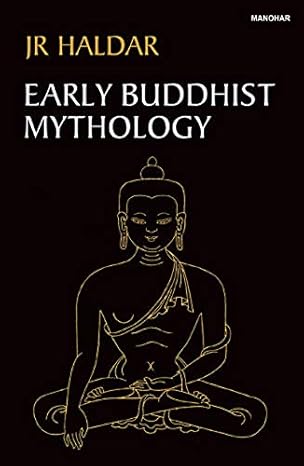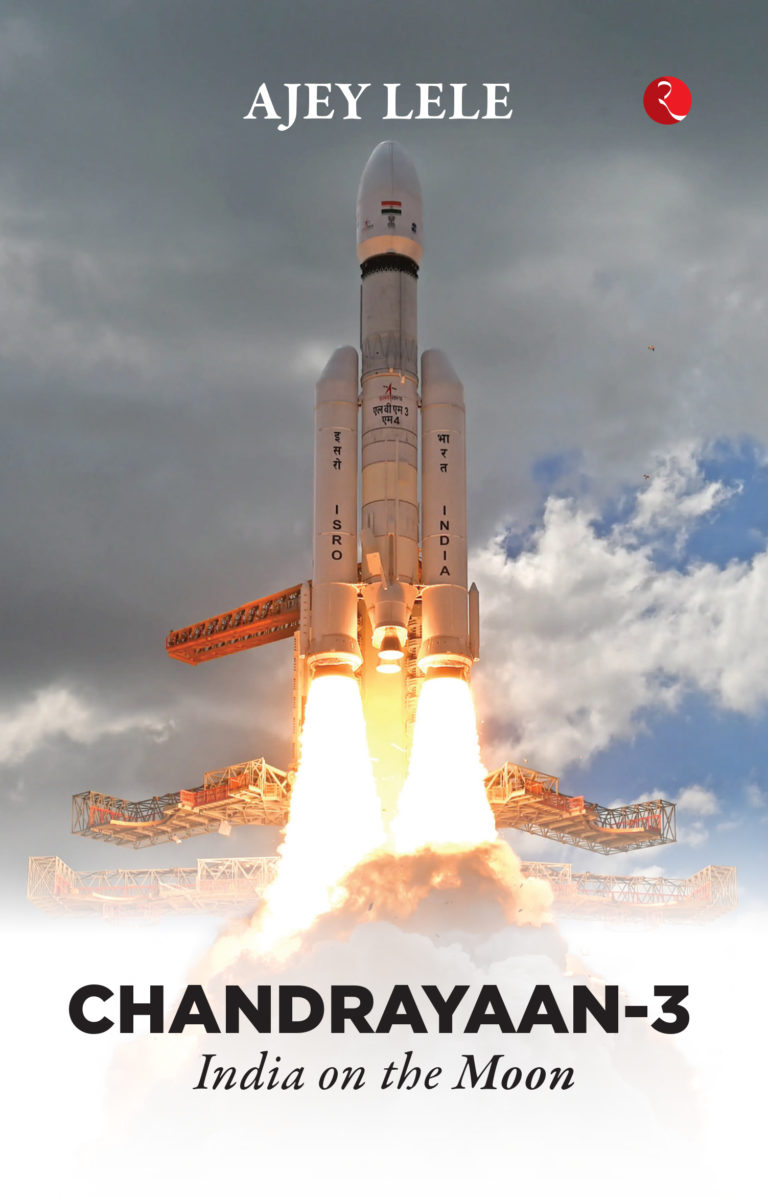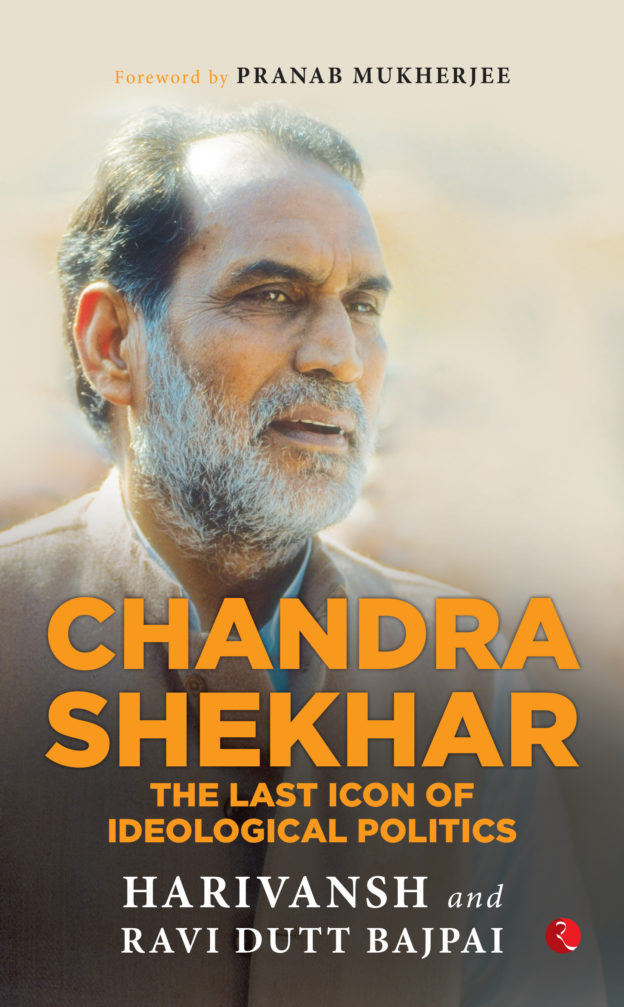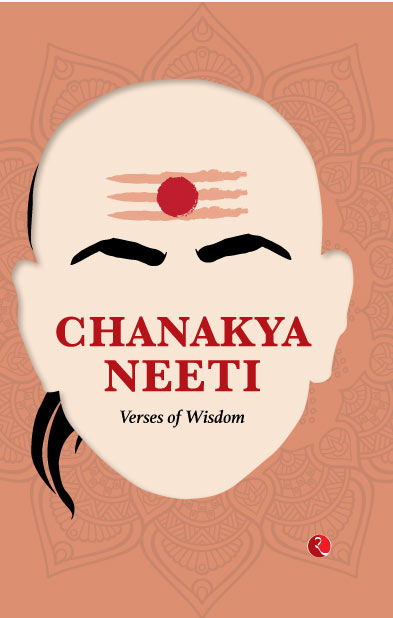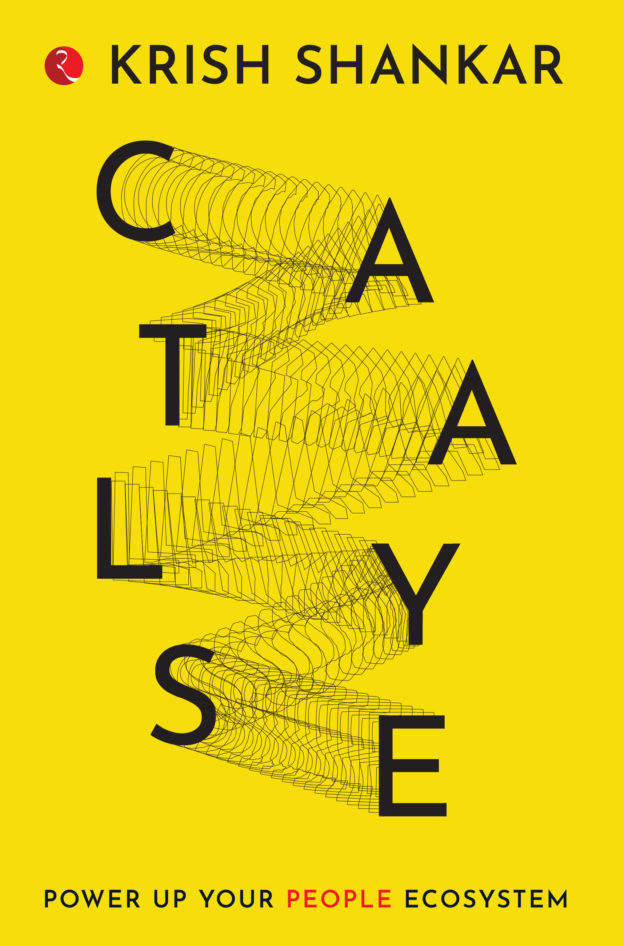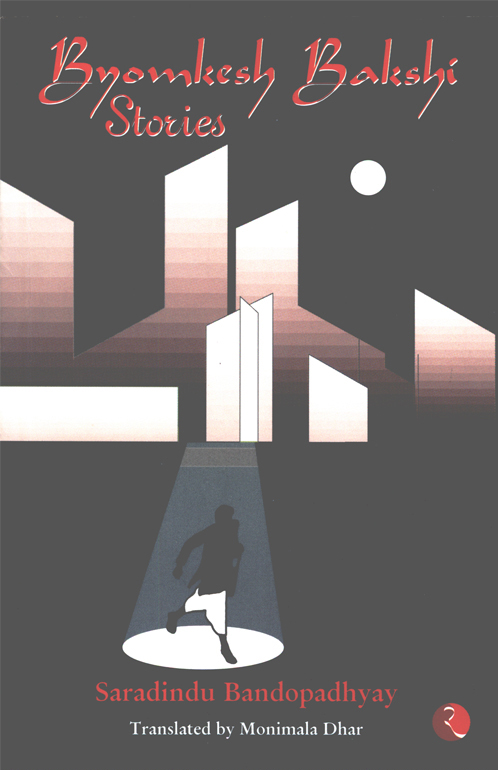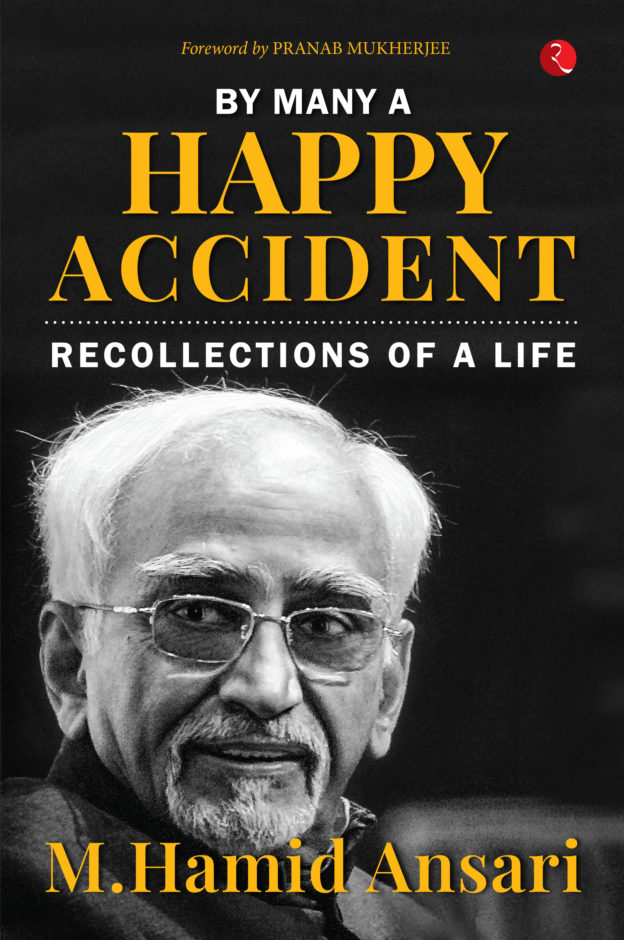Early Buddhist Mythology
no information available
Mythology is a body of traditional stories involving supernatural persons and events and expressing the moral and cultural beliefs of a people. It is the result of the primitive man’s encounter with the universe and of his efforts to come to terms with it. As such a study of mythology is of the utmost importance for understanding the religion culture and history of the society producing them. The focus in this book is on Buddhist mythology or rather the early or Hinayana mythology as depicted in Pali literature and also its links with the later Mahayana mythology. The Buddha based his teachings on reason but a careful examination of the Pali works shows that early Buddhism was not free from mythology. This mythology does not acknowledge any creator-god. Still Pali literature contains the early Buddhists’ speculation about the cycles of destruction and renovation of the universe which according to the author remind us of some of theories of modern science. The author then goes on to deal with the Buddhist ideas of heavens and hells as the ethical consequences of the aforesaid notions of creation and destruction. Thereafter he describes the Buddhist myths about higher beings including gods and goddesses spirits and semi-divine beings. But the primacy is given to the Buddha who is regarded as omnipresent omniscient and omnipotent. This belief gave rise to the deification of the Buddha in the later period. Lastly the author shows how the later Mahayana mythology is indebted to Hinayana. Dr Haldar’s research will be found invaluable by all those interested in the study of Buddhism and mythology. About the Author Jnanranjan Haldar (1942) did his M.A. and Ph.D. from the University of Calcutta. He was a Senior Research Fellow at the Centre of Advanced Study in Ancient Indian History and Culture Calcutta University from 1972 to 1975.
... Read more Read less
